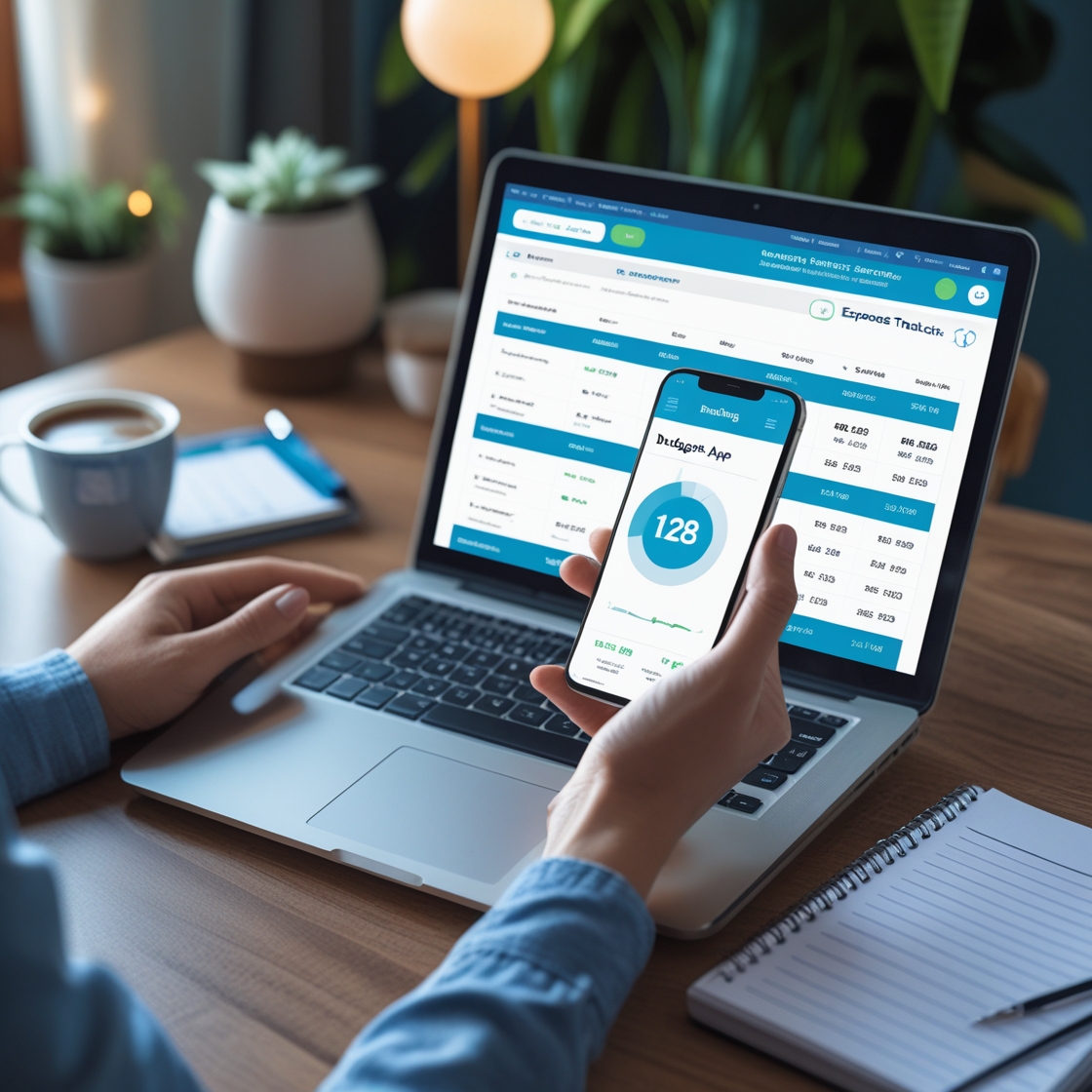Introduction:
In today’s digital age, budgeting apps make it easier than ever to track your expenses and stick to your financial goals. These apps allow you to monitor your spending, categorize your purchases, and analyze your financial behavior in real-time. This article will explore how to effectively use budgeting apps to take control of your finances and stay on top of your budget.
Step 1: Choose the Right Budgeting App for You
There are many budgeting apps available, each with its own set of features. Some popular options include Mint, YNAB (You Need A Budget), and PocketGuard. Consider your financial needs and preferences when selecting an app. Do you want an app that automatically syncs with your bank accounts? Or do you prefer a manual approach where you input each transaction?
Step 2: Link Your Bank Accounts and Credit Cards
Most budgeting apps allow you to link your bank accounts and credit cards, which makes tracking your expenses easy. Once linked, the app automatically imports your transactions, categorizes them, and displays them on a dashboard. This eliminates the need for manual data entry and helps you get a real-time view of your finances.
Step 3: Categorize Your Expenses
Budgeting apps typically categorize your expenses into groups like housing, groceries, entertainment, and transportation. Make sure the app categorizes your purchases correctly. If you notice an error, update the categories or manually assign transactions to the correct groups. Accurate categorization will give you a clearer picture of where your money is going.
Step 4: Set Financial Goals and Track Progress
Many budgeting apps allow you to set financial goals, such as saving for a vacation or paying off debt. The app can track your progress and notify you when you’ve reached milestones. This helps you stay motivated and focused on achieving your goals.
Step 5: Review Your Spending Habits Regularly
It’s important to review your spending habits regularly to identify any areas where you may be overspending. Budgeting apps provide visual reports and graphs that allow you to analyze your expenses. Review your app weekly or monthly to see where you can adjust your spending and make improvements.
Step 6: Stick to Your Budget
Once you’ve set a budget in your app, stick to it! Budgeting apps can send you notifications when you’re nearing your spending limits in certain categories, helping you stay accountable. If you notice that you’re overspending in one area, make adjustments in other categories to stay within your overall budget.
Conclusion:
Budgeting apps are powerful tools that can help you stay on track with your finances. By linking your accounts, categorizing your expenses, setting goals, and reviewing your progress, you can take control of your money and achieve your financial objectives.
